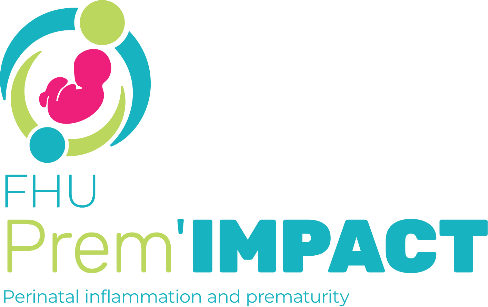Abstract
Background: In contrast with birthweight or other growth charts, a feature of most intrauterine charts is that they are not differentiated by sex. Differences in weight by sex during pregnancy are considered to be relatively minor, however, small systematic differences may affect the sensitivity and specificity of screening for fetuses with growth restriction.
Objective: To assess differences between unisex and sex-specific estimated fetal weight (EFW) charts at the third trimester ultrasound on the sex ratio of fetuses detected with an EFW <10th percentile and subsequent detection of small for gestational age (SGA) newborns with morbidity at birth.
Study design: The study included 9940 singleton live births from a French population-based study in 2016. Main outcomes were an EFW <10th percentile at the routine third trimester ultrasound between 30 and 35 weeks of gestation, and SGA (birthweight <10th percentile) with neonatal morbidity (Apgar score <7 at 5 minutes and/or resuscitation in delivery room and/or admission to a neonatal unit). We used two charts with unisex and sex-specific options: the World Health Organization (WHO) international standard chart and a customized chart for fetal sex based on Gardosi’s GROW model adapted to the French population (Epopé). Hadlock’s unisex chart, commonly used in clinical care and research, was also included to provide an external reference. We compared the proportions of female and male fetuses with an EFW <10th percentile and the sensitivity and specificity of an EFW <10th percentile for predicting SGA newborns with morbidity when using unisex versus sex-specific charts, overall and by sex.
Results: Among all singleton births, there were 51.6% males and 48.4% females. Males faced higher risks of SGA with morbidity at birth (2.4% vs 1.8%, P=.031). Using the WHO unisex chart, 6.9% of males and 9.9% of females had an EFW <10th percentile versus 9.9% of males and 7.1% of females with the sex-specific chart; these proportions were 3.5% and 4.6% and, 4.3% and 2.7% respectively for Epopé. Proportions of EFW <10th percentile using Hadlock were slightly higher compared with the unisex WHO chart (7.5% of males and 10.6% of females), but the difference of about 3% was the same. The sensitivity of an EFW <10th percentile for identifying SGA newborns with morbidity differed for males and females by type of chart; unisex charts detected more SGA females with morbidity and sex-specific charts detected more SGA males with morbidity, but the overall sensitivity was the same (49.1% for WHO and Hadlock and 34.9% for Epopé).
Conclusion: This study suggests that use of sex-specific charts instead of unisex charts would avert sex-bias in intrauterine growth screening during the third trimester of pregnancy. Prospective studies are needed to assess the effects of using sex-specific charts compared to unisex charts on obstetrical management and outcomes.
